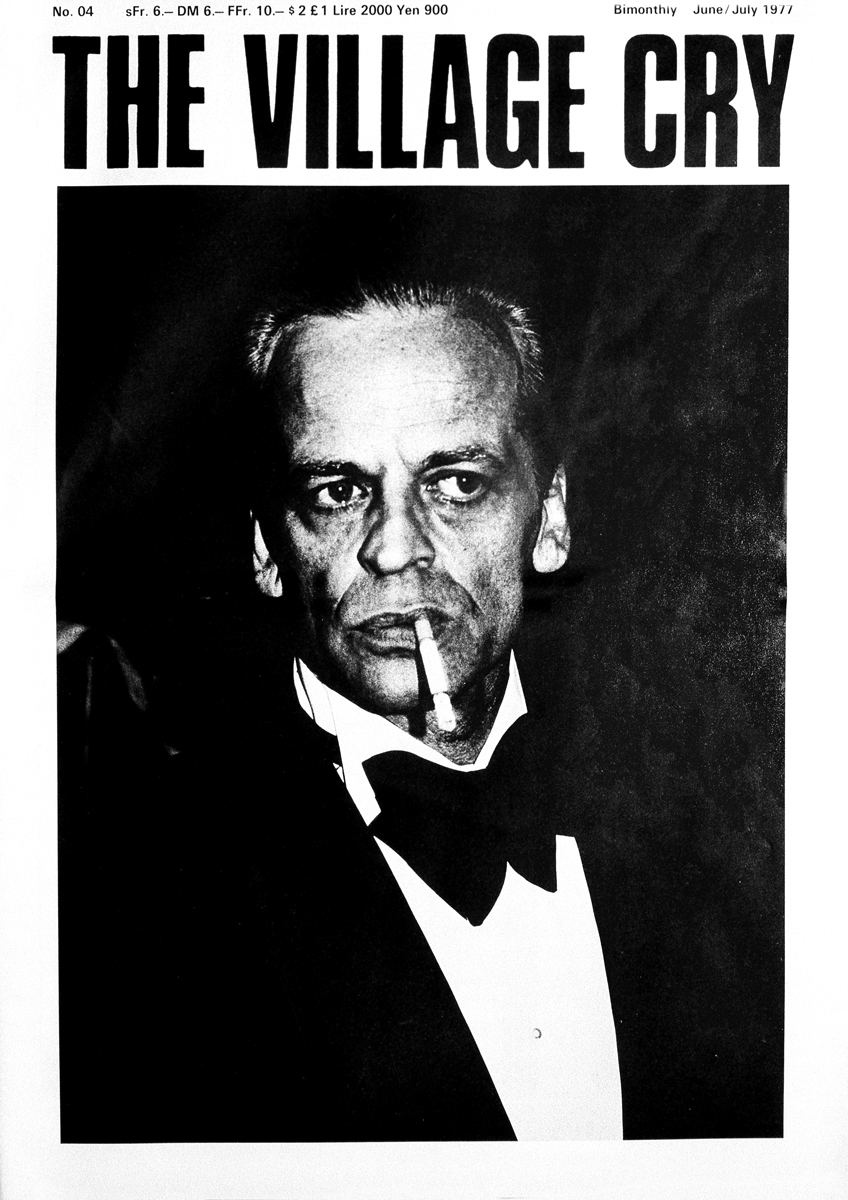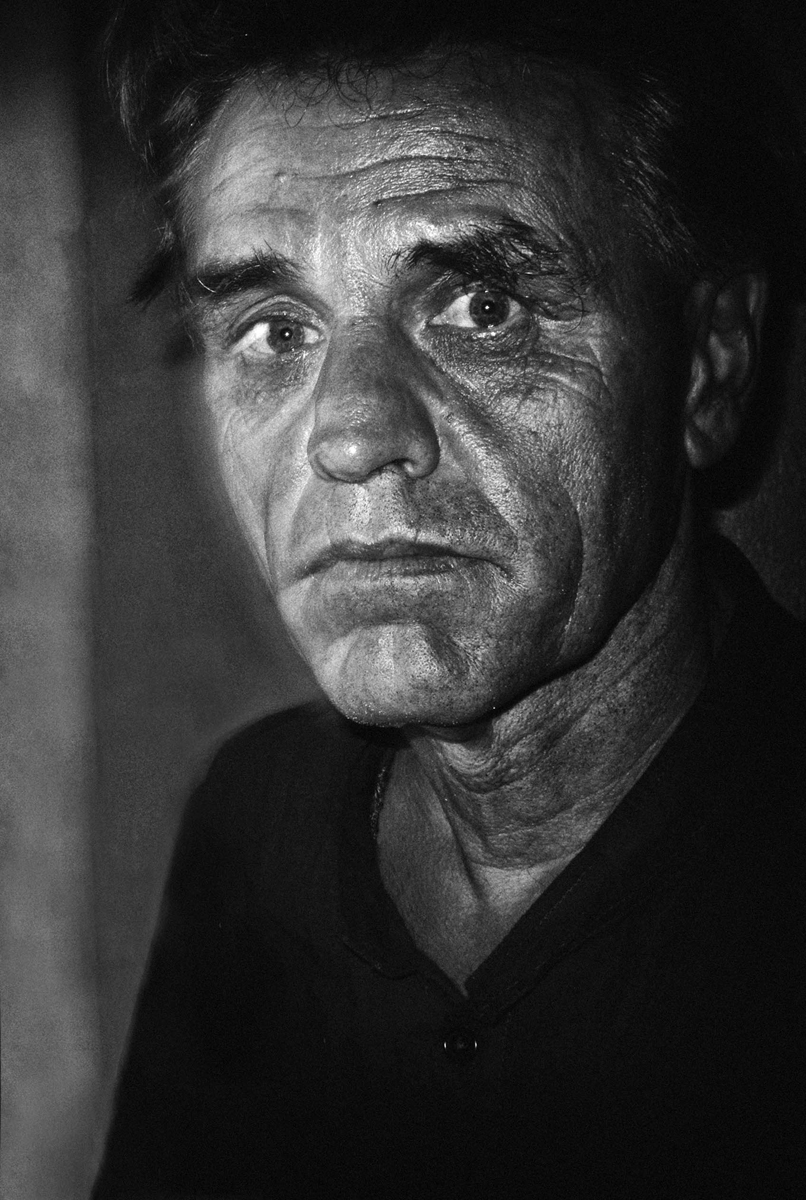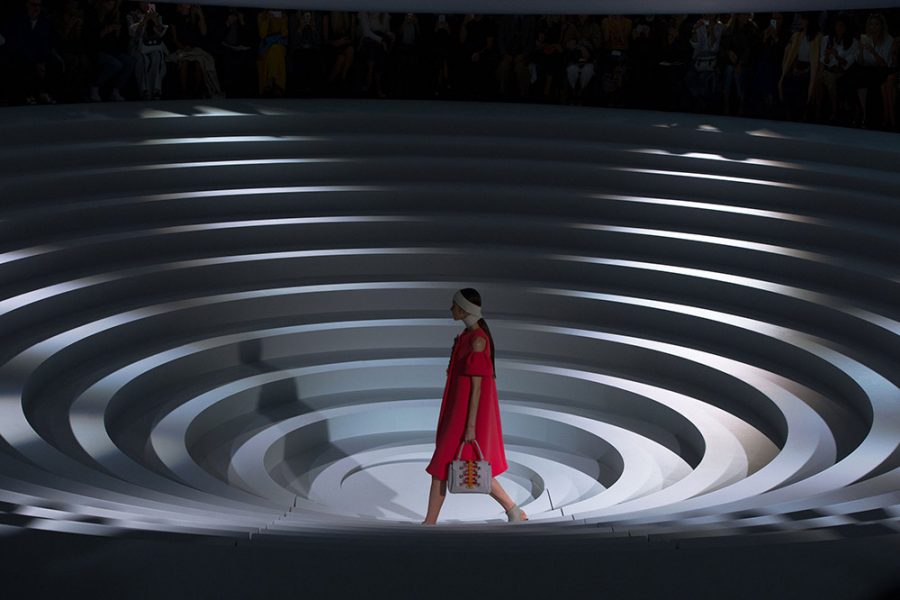Photography is the most universal language that exists. Today more than ever.
-Beat Presser
Beat Presser is a trained photographer and cinematographer. The renowned artist started work as a freelance photographer and cameraman and has worked over the years in many different fields including fashion, advertising, portrait photography, industrial photography, reproduction of paintings, for newspapers, as a director of photography for documentary-, advertising- and feature films and he edited The Village Cry- his own photography newspaper which he started in the mid seventies.

Last September 2016 Beat Presser opened a new solo exhibition titled “Toscana” in Berlin. In anticipation of the opening The Fashion Plate Magazine’s Berlin-based writer Kevin Holička sat down to delve into the background (and general musings) of this international man of mystery.
Conducted and penned by Kevin Holička
Let’s start with your international background. Having been raised in Basel, Paris, and New York, do you think being a “global nomad” has influenced your passion in photography?
Having studied in Paris or New York does not make you a nomad. It needs more than that. In 1972, after school at the age of 19 I packed my bag and traveled through the Middle East, down the Nile to East Africa, on a refugee boat from Mombasa to India and from there to many different places in South East Asia.
That is when I decided that I would like to spend some of my time on the road. After nine months I returned to Europe and started to study photography. Today I combine the two.
What was your first camera and what kind of photographs did you take?
The first photographs I ever took was at the age of seven. The camera was a Dacora Digna and I photographed mainly family and friends. When I was 15 a friend of mine from school took me to his darkroom and showed me how to make prints. The moment the picture appeared on the paper I knew immediately: I would become a photographer!
Tell us about your first photography newspaper, The Village Cry, what’s behind the name? What kind of sociopolitical issues and themes did you think were most relevant at that time? How would you compare them to present time?
Actually it was already the second one. The first one was Palm Beach News, then came The Village Cry. The name was based on the ideas of Marshall McLuhan’s “Global Village“. I am not expert enough to analyse socio-politicial issues of the mid-seventies. My co-editor Rolf Paltzer and I, we wanted to create and to present photography, literature, design, advertisement, fashion, movies, architecture and art in a different way. And we tried to establish our magazine on the international market.
It was a big challenge, a real adventure. Especially considering we were two 25 year old youngsters without any experience in publishing, with no expertise and no staff who took such risk.

You published a book dedicated to Werner Herzog and Klaus Kinski. What is the history behind your relationship with them? How did you meet? And please share with us your experience working with them on and off camera…
Issue no. 4 of The Village Cry was the movie issue. Miraculously I ended up on the movie set of Madame Claude by Just Jaeckin outside Paris where Klaus Kinski played his part. That is where Klaus and I first met. Five years later I was invited to work as a still photographer and assisting cameraman of Fitzcarraldo in the Peruvian Jungle.
That is when I had the chance to work together with Werner Herzog. Later I worked on Cobra Verde in West Africa and South America with Klaus and Werner. Later I took the stills on a few more films of Werner Herzog. It was always an amazing experience and adventure to work with the two of them, somehow out of this world.

You’ve worked with established personalities in the industry,– what was that like when you were first starting out? Were you ever intimidated or was it mostly exciting?
Neither of them.
Looking at your works in general, you have touched upon various subjects and topics, especially when it comes to design; the lines between fashion, art, and architecture seem to be in harmonious interplay with one another. What inspired you to do so? …
When we started The Village Cry we just jumped into it. It was such an intense experience that we did not have much time to look for inspiration or to copy something or someone. We started to create and went on and on. We learned by doing and luckily no one told us what to do or how our magazine had to look like. The harmonious interplay just happened by itself.
When looking at your work I am often reminded of the Bauhaus movement. Were you inspired by the Bauhaus movement? I think the movement was pinnacle to modernism. Do you think it had a crucial role in giving birth to modernism?
There was much more than Bauhaus that inspired me and others. Like Dadaism, Surrealism, Suprematism, Constructivism, Marcel Duchamp, Man Ray, Hugo Ball, Oskar Schlemmer, El Lissitzky, Samuel Beckett, Eugène Ionesco, just to name a few. A combination of these people, movements and many other factors gave birth to modernisme. And for me they were a source of inspiration.
Can you please tell us about your incredible journey through the Indian Ocean by the horn of Africa. Dhau, which was also featured by die Zeit, it seemed to have encapsulated the region in a timeless setting. Was there any particular aim for you behind this work?
Actually and due to very dangerous pirating we were sailing south of the horn of Africa. Off the coast of Tansania. I was wanting to find out more about the oldest and only still existing sailing trade in the world. An amazing adventure and unique journey, it was like travelling back in time.

We love the sound background on your homepage, please tell us more about it. It seems like a fusion between jazz, traditional folk music, and even Gamelan from Indonesia, where does it come from!
The music on my website is a compilation of all kinds of sounds that I either recorded myself on one of my many travels or we produced them for some movies that I did in the eighties. I also invited Kelvin Bullen from Tobago, Vic Vergeat from Italy and Junji Kano from Japan to compose some of the sounds. Then Lukas Dettwiler my web designer arranged all the different music to fit into http://www.beatpresser.com.
You have explored more islands in Indonesia than I have, which is quite funny and embarrassing given I am Indonesian. How was the journey around the archipelago? What and where fascinated you the most?
I am fascinated that this trip was possible at all, considering that Indonesia is such a big place and I do not even speak Bahasa Indonesia. I went from harbour to harbour where all kind of cargo was loaded and asked if I could travel by Pinisi together with them to the next destination. The trip could not even be planned, since I never knew where I would end up next.
But most memorable was living together with the sailors their daily life on the open sea. Travelling from island to island, from place to place, from adventure to adventure. In the middle of the Indian Ocean. More details about that trip are on: blog.beatpresser.com.
I feel very touched that you have taken such a keen interest in my culture. We both know how extremely diverse Indonesia is. But is there perhaps one particular favourite?
There are two: I like to watch Balinese dance and to hang around the different old Pinisi harbours.
Do you think Indonesia has secrets that are yet to be discovered? If yes, have you reflected on them through your photographs ( for example, through Surabaya Beat and Sea of the Ancestors)
Not only Indonesia. Every culture has its secrets and is very diverse. The photographs that are exposed now at the Quartier 206 are the result of research that I did together with graphic designer Vera Pechel in 1995 in Toscana, in Northern Italy. Where Etruscans, Romans and the people of the middle ages left their traces.
Vera and I we traveled around for three months on a Vespa and the Hasselblad. We felt like explorers, wandering and wondering on long forgotten tracks. Behind every corner, behind every hill we found another mystery, another secret. And photography is an excellent tool to explore.

What are your upcoming projects and what is your next destination?
I am working on a story about the circus, the protection of the Orang Utans, one on cinema and I intend to do some more stories about the sea.
In recent times, there has been more understanding between western and non-western cultures. To what extent do you think photography can provide a dialogue between the two worlds? How can photography empower its audience.
Photography has always provided a dialogue. Since it`s beginning, not only between the West and the Non-West. Photography is the most universal language that exists. Today more than ever. The more we find out about photography and the more photography is taught in schools, universities or other institutions the stronger the empowerment will be.
If you could travel back in time, what would you tell to your 17 year old self?
Do not hesitate do make your dreams come true. If there is a will, there is a way.
Exhibition Information
“TOSCANA” by Beat Presser
Opening at Galerie 206/DSQ206 Berlin
15 September 2016, 6 pm









Hey! Leave a comment!